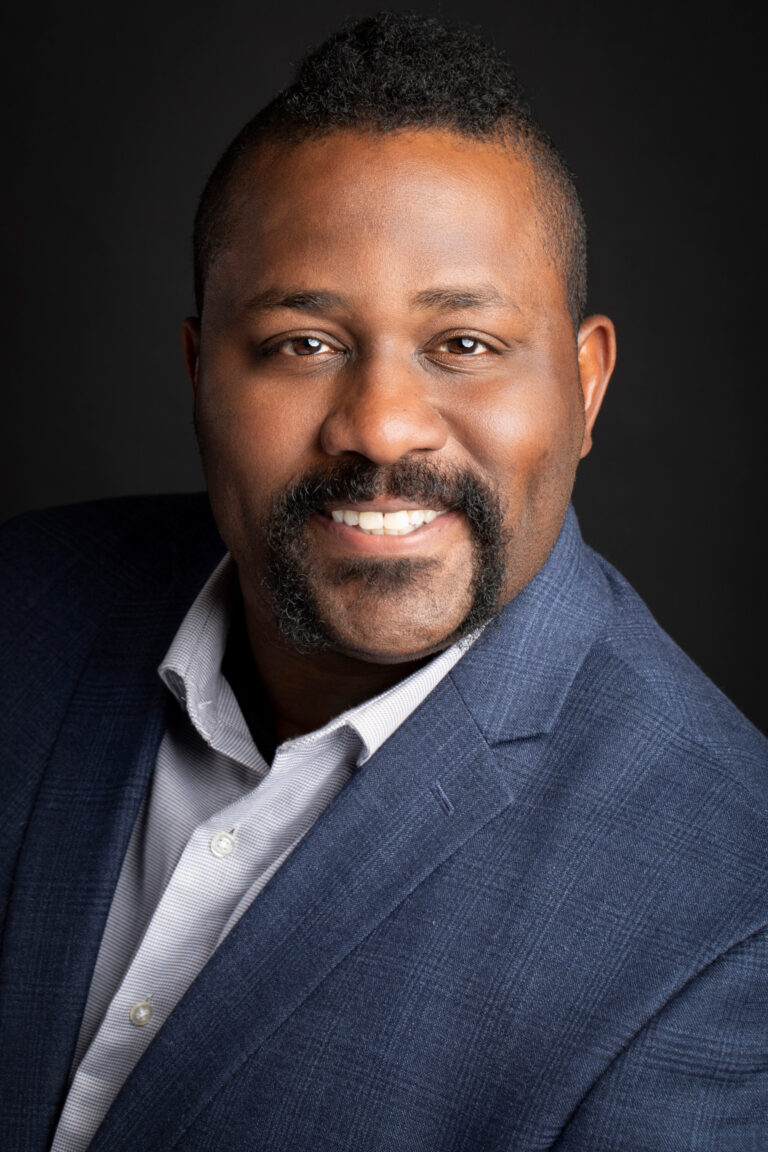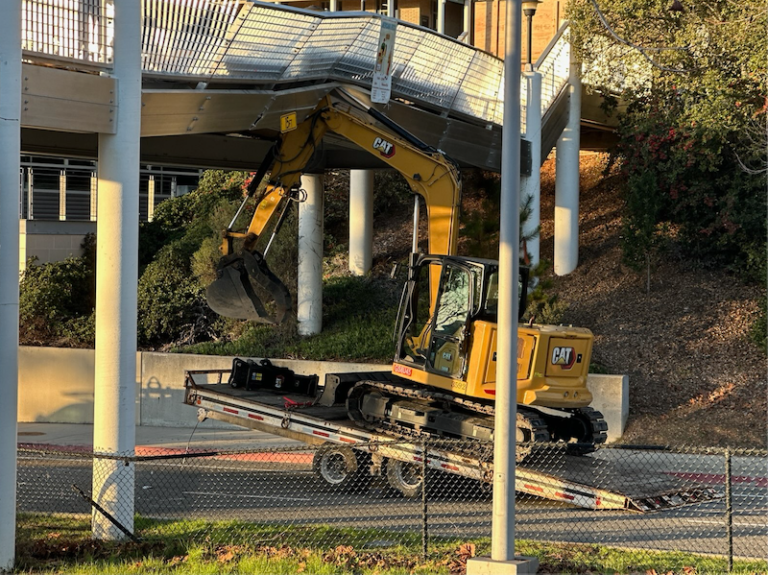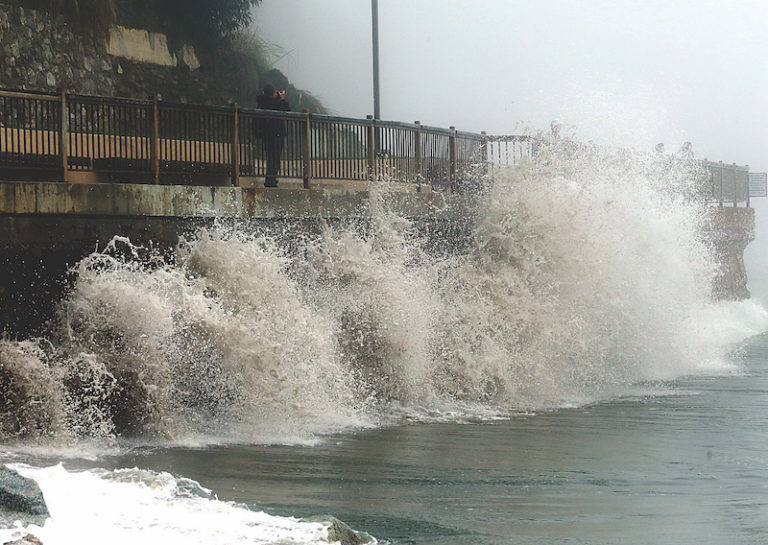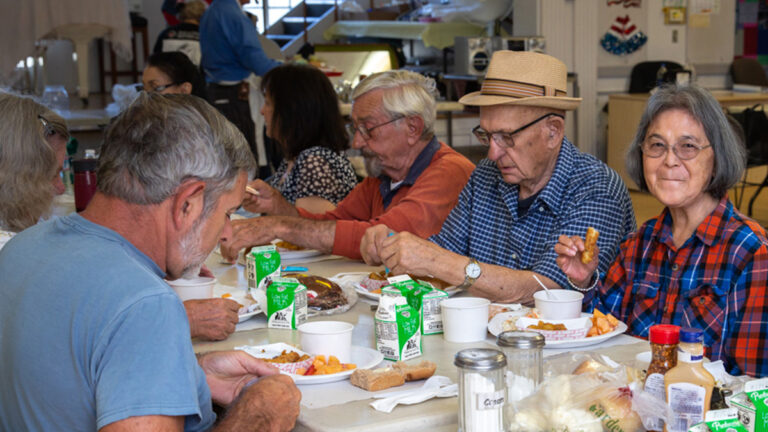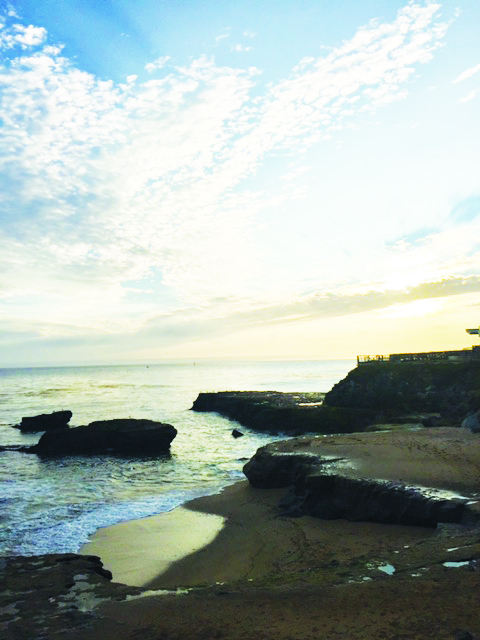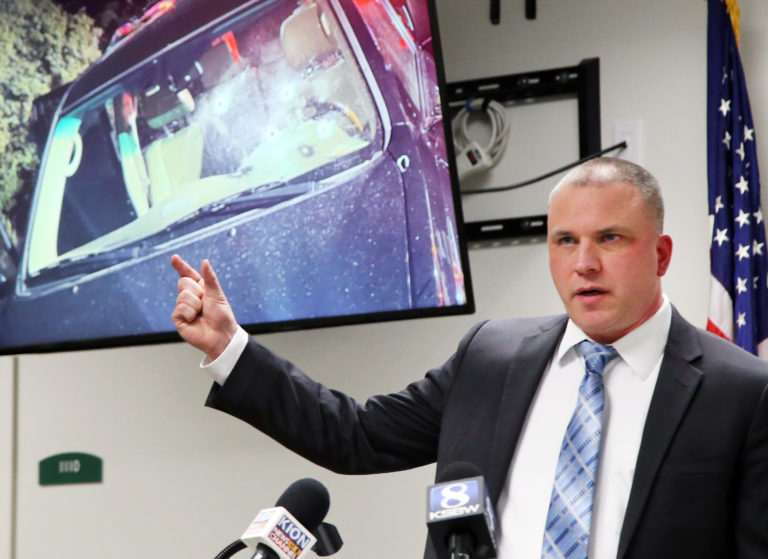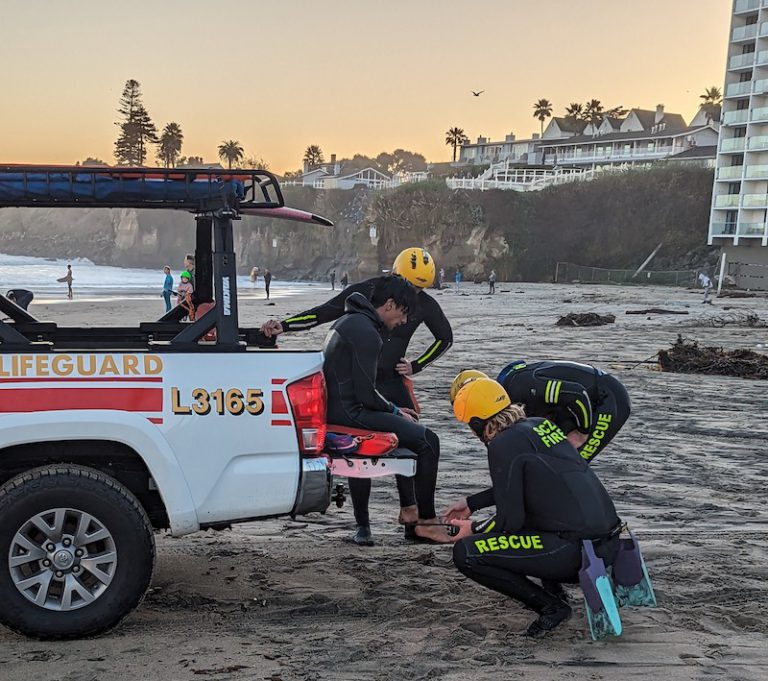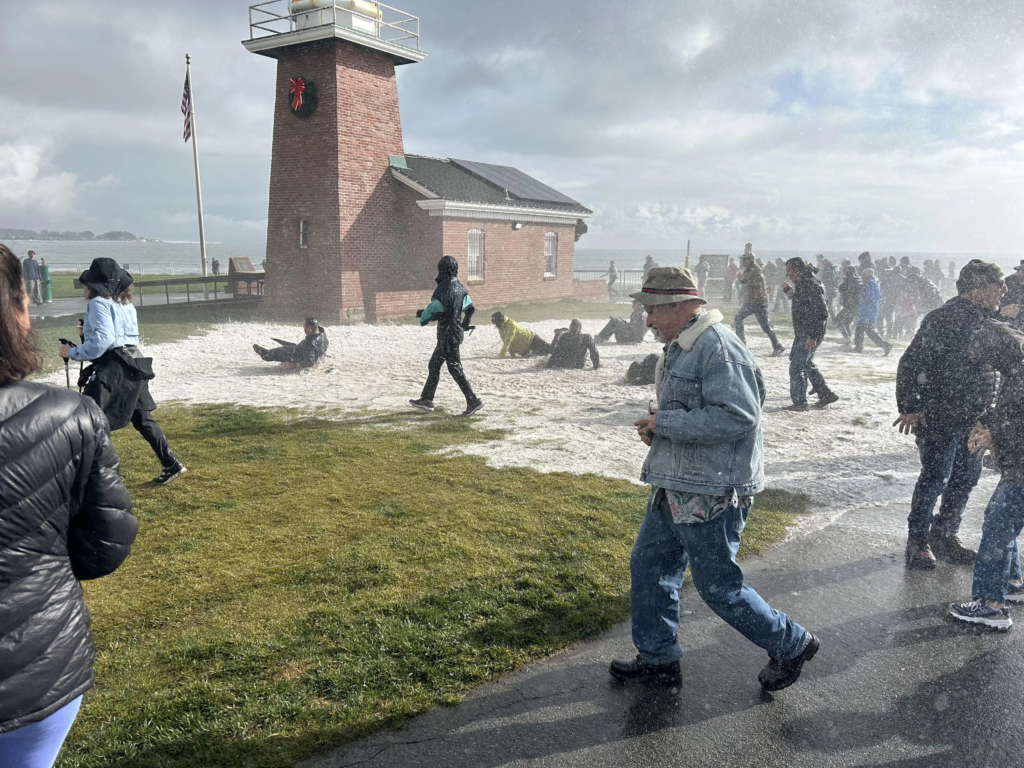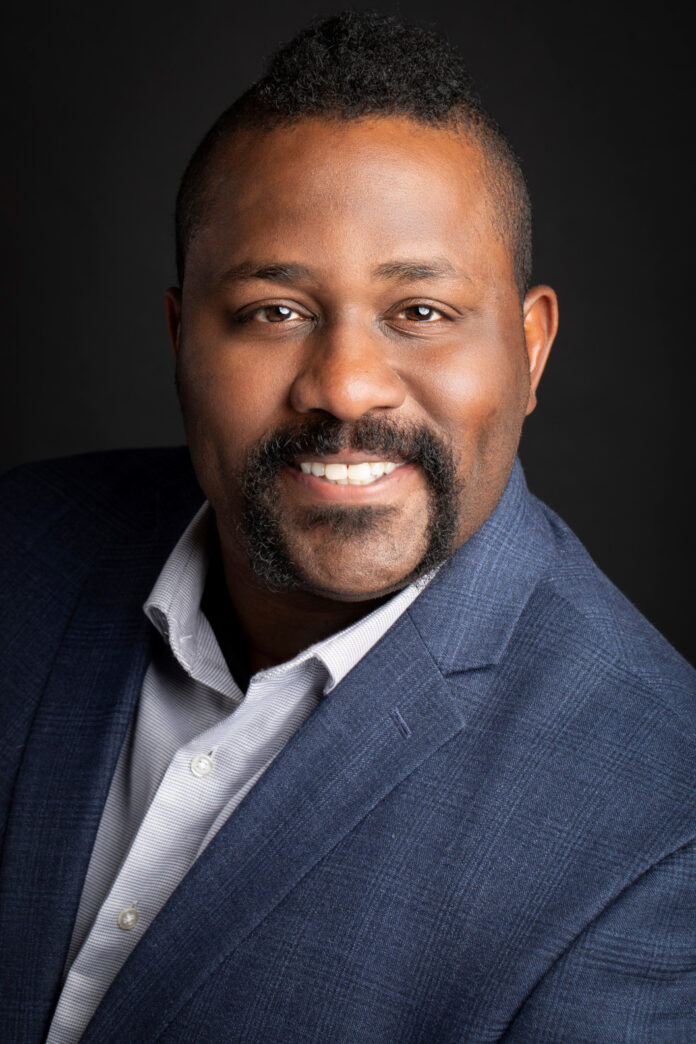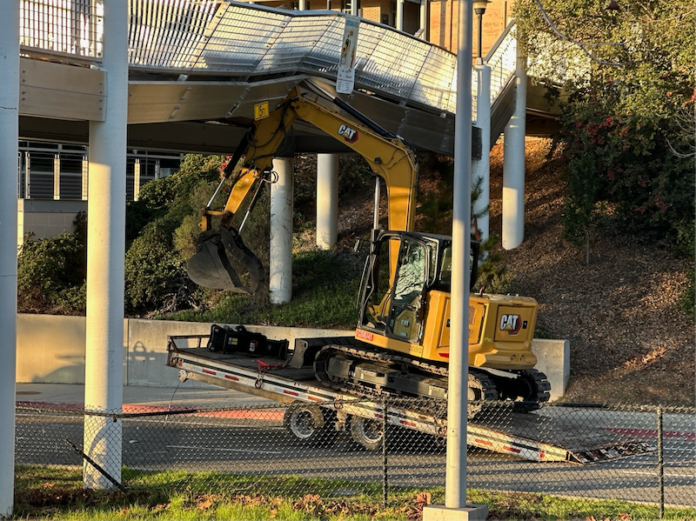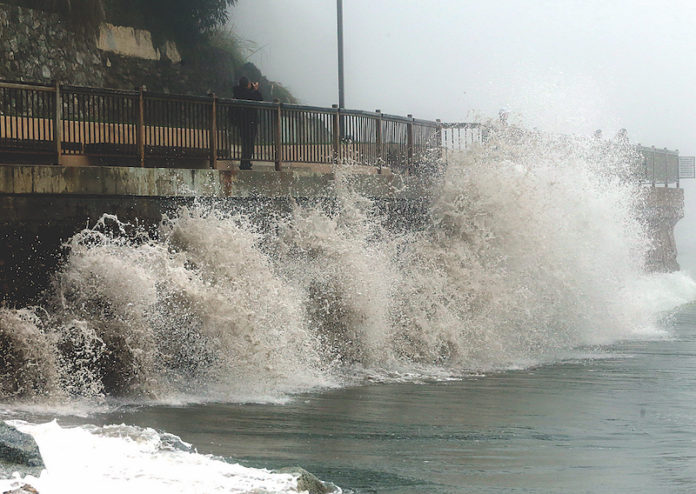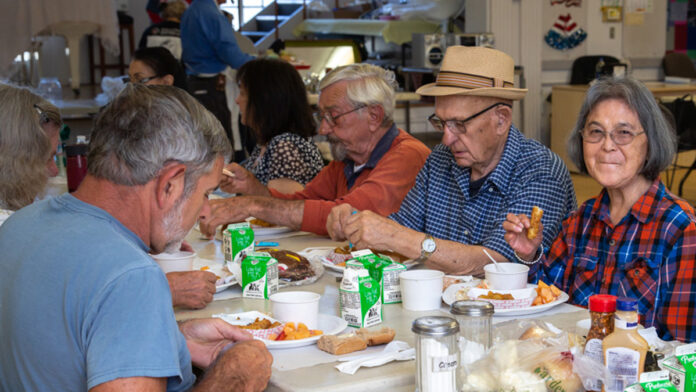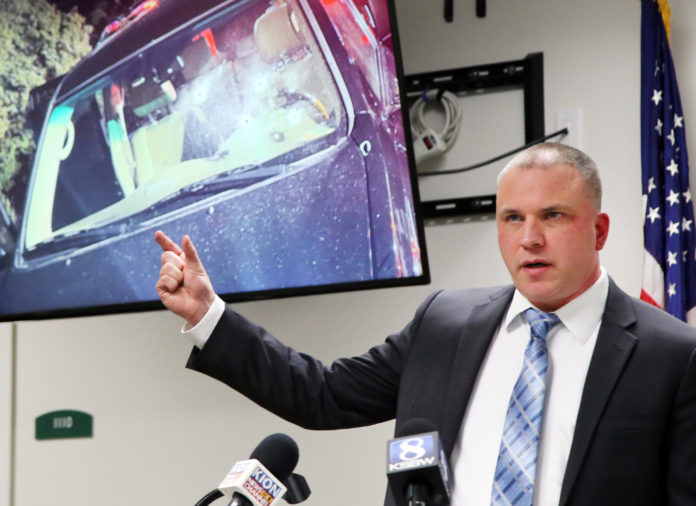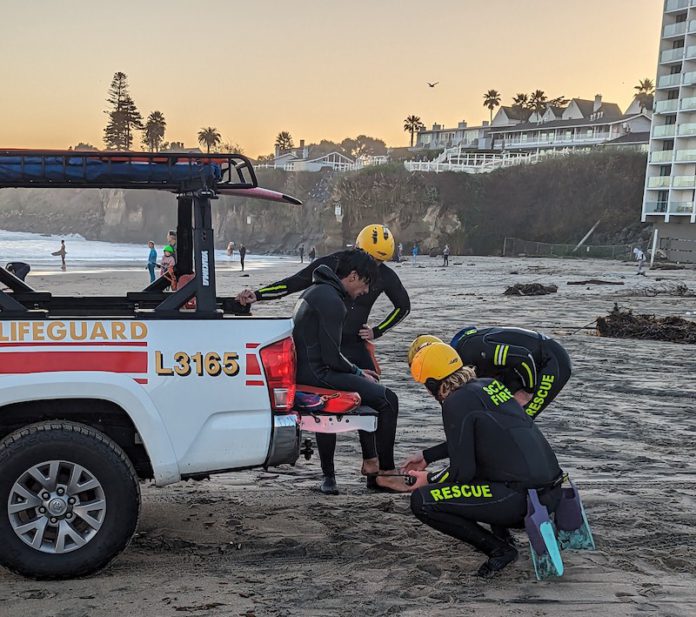ARIES March 21-April 19
Why do birds sing? They must be expressing their joy at being alive, right? And in some cases, they are trying to impress and attract potential mates. Ornithologists tell us that birds are also staking out their turf by chirping their melodies. Flaunting their vigor is a sign to other birds of how strong and commanding they are. In accordance with astrological omens, I invite you Aries humans to sing more than ever before in 2024. Like birds, you have a mandate to boost your joie de vivre and wield more authority. Here are 10 reasons why singing is good for your health: tinyurl.com/HealthySinging.
TAURUS April 20-May 20
Which zodiac sign is most likely to have a green thumb? Who would most astrologers regard as the best gardener? Who would I call on if I wanted advice on when to harvest peaches, how to love and care for roses as they grow, or how to discern which weeds might be helpful and useful? The answer, according to my survey, is Taurus. And I believe you Bulls will be even more fecund than usual around plants in 2024. Even further, I expect you to be extra fertile and creative in every area of your life. I hereby dub you Maestro of the Magic of Germination and Growth.
GEMINI May 21-June 2
Research I’ve found suggests that 70% of us have experienced at least one traumatic event in our lives. But I suspect the percentage is higher. For starters, everyone has experienced the dicey expulsion from the warm, nurturing womb. That’s usually not a low-stress event. The good news, Gemini, is that now and then there come phases when we have more power than usual to heal from our traumas. According to my analysis of the astrological omens, the coming months will be one of those curative times for you.
CANCER June 21-July 22
At their best, Libras foster vibrant harmony that energizes social situations. At their best, Scorpios stimulate the talents and beauty of those they engage with. Generous Leos and Sagittarians inspire enthusiasm in others by expressing their innate radiance. Many of us may get contact highs from visionary, deep-feeling Pisceans. In 2024, Cancerian, I believe you can call on all these modes as you brighten and nurture the people in your sphere—even if you have no Libra, Scorpio, Sagittarius, Leo, or Pisces influences in your astrological chart.
LEO July 23-Aug. 22
Here are my wishes for you in 2024. 1. I hope you will rigorously study historical patterns in your life story. I hope you will gather robust insights into the rhythms and themes of your amazing journey. 2. You will see clearly what parts of your past are worth keeping and which are better outgrown and left behind. 3. You will come to a new appreciation of the heroic quest you have been on. You will feel excited about how much further your quest can go. 4. You will feel gratitude for the deep inner sources that have been guiding you all these years. 5. You will be pleased to realize how much you have grown and ripened.
VIRGO Aug. 23-Sept. 22
Virgo author Eduardo Galeano mourned how our institutions condition us to divorce our minds from our hearts and our bodies from our souls. Even sadder, many of us deal with these daunting schisms by becoming numb to them. The good news, Virgo, is that I expect 2024 to be one of the best times ever for you to foster reconciliation between the split-off parts of yourself. Let’s call this the Year of Unification. May you be inspired to create both subtle and spectacular fusions of your fragmented parts. Visualize your thoughts and feelings weaving together in elegant harmony. Imagine your material and spiritual needs finding common sources of nourishment.
LIBRA Sept. 23-Oct. 22
According to ancient Greek myth, the half-divine hero Heracles consulted the Oracle of Delphi for guidance. He was assigned to perform 12 daunting feats, most of which modern people would regard as unethical, like killing and stealing. There was one labor that encouraged integrity, though. Heracles had to clean the stables where over a thousand divine cattle lived. The place hadn’t been scrubbed in 30 years! As I meditated on your hero’s journey in the coming months, Libra, I concluded that you’d be wise to begin with a less grandiose version of Heracles’ work in the stables. Have fun as you cheerfully tidy up everything in your life! By doing so, you will earn the power to experience many deep and colorful adventures in the coming months.
SCORPIO Oct. 23-Nov. 21
I will name two taboos I think you should break in 2024. The first is the theory that you must hurt or suppress yourself to help others. The second is that you must hurt or suppress others to benefit yourself. Please scour away any delusion you might have that those two strategies could genuinely serve you. In their place, substitute these hypotheses: 1. Being good to yourself is the best way to prepare for helping others. 2. Being good to others is the best way to benefit yourself.
SAGITTARIUS Nov. 22-Dec. 21
“Doubt has killed more dreams than failure ever will,” says Sagittarian author Suzy Kassem. Many of us have had the experience of avoiding a quest for success because we are too afraid of being defeated or demoralized. “Loss aversion” is a well-known psychological concept that applies when we are so anxious about potential loss that we don’t pursue the possible gain. In my astrological estimation, you Centaurs should be especially on guard against this inhibiting factor in 2024. I am confident you can rise above it, but to do so, you must be alert for its temptation—and eager to summon new reserves of courage.
CAPRICORN Dec. 22-Jan. 19
In 2024, I predict you will be blessed with elegant and educational expansion—but also challenged by the possibility of excessive, messy expansion. Soulful magnificence could vie for your attention with exorbitant extravagance. Even as you are offered valuable novelties that enhance your sacred and practical quests, you may be tempted with lesser inducements you don’t really need. For optimal results, Capricorn, I urge you to avoid getting distracted by irrelevant goodies. Usher your fate away from pretty baubles and towards felicitous beauty.
AQUARIUS Jan. 20-Feb. 18
Some people feel that “wealth” refers primarily to financial resources. If you’re wealthy, it means you have a lot of money, luxurious possessions, and lavish opportunities to travel. But wealth can also be measured in other ways. Do you have an abundance of love in your life? Have you enjoyed many soulful adventures? Does your emotional intelligence provide rich support for your heady intelligence? I bring this up, Aquarius, because I believe 2024 will be a time when your wealth will increase. The question for you to ruminate on: How do you define wealth?
PISCES Feb. 19-March 20
“No one can build you the bridge on which you, and only you, must cross the river of life,” said philosopher Friedrich Nietzsche. Here’s my response to that bold declaration: It’s utterly WRONG! No one in the history of the world has ever built anything solely by their own efforts, let alone a bridge to cross the river of life. Even if you are holed up in your studio working on a novel, painting or invention, you are absolutely dependent on the efforts of many people to provide you with food, water, electricity, clothes, furniture and all the other goodies that keep you functioning. It’s also unlikely that anyone could create anything of value without having received a whole lot of love and support from other humans. Sorry for the rant, Pisces. It’s a preface for my very positive prediction: In 2024, you will have substantial help in building your bridge across the river of life.
Homework: I invite you to redefine what it would look and feel like to be your best self. Newsletter.FreeWillAstrology.com




